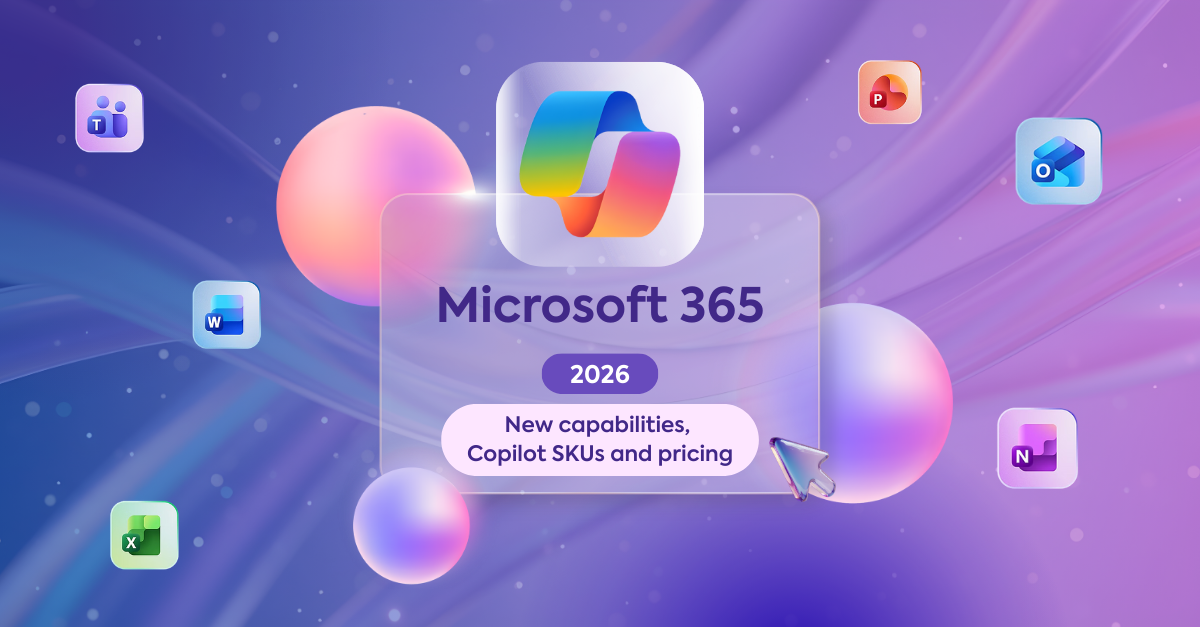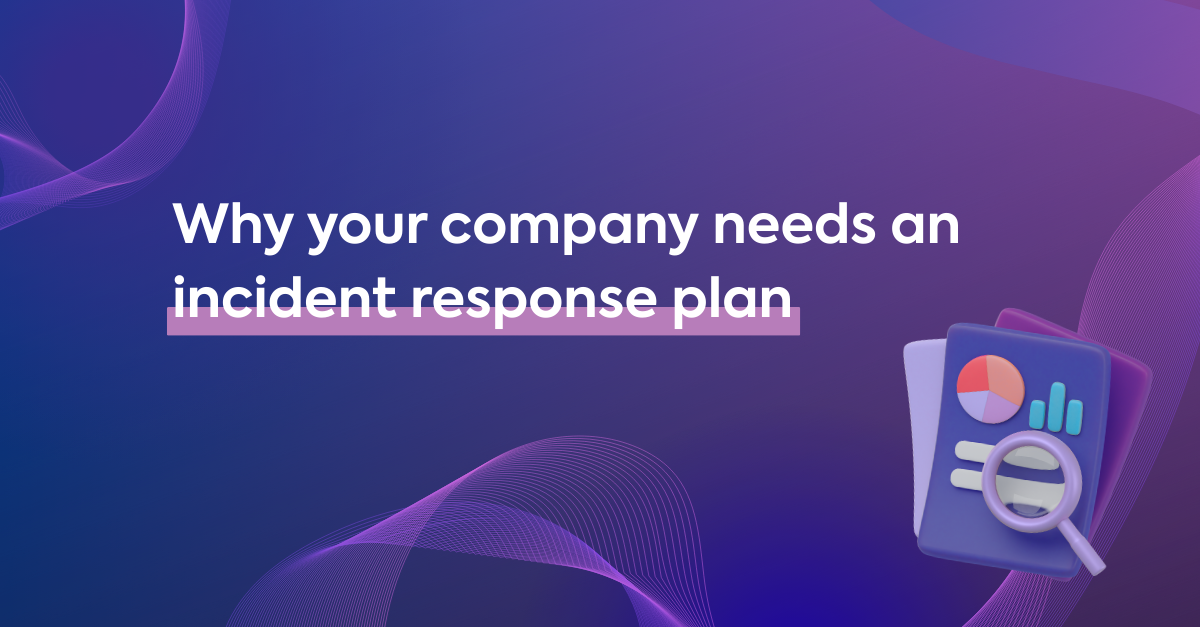Can SD-WAN really take you to the promised land, and what do you have to bear in mind? I will be happy to explain it to you below!
In our last blogpost "To SD-Wan or not?", we discussed what SD-WAN is and for whom it can be useful.
Where traditionally a private MPLS network was used for sharing data with each other, SD-WAN offers a full-fledged alternative today.
Many companies believe in SD-WAN. Gartner claims that by the end of 2023, around 60% of all enterprises will have implemented SD-WAN, compared to less than 20% in 2019, to enhance the flexibility of the network and improve the support for cloud applications (Gartner 2019).
Yet we would like to highlight some of the objections because of the many misconceptions that exist in this regard.
Is it CHEAPER?
It is often assumed in the market that SD-WAN will offer considerable cost savings, but is this always the case?
Below we've sketched an image for national SME's - it's less applicable to bigger or international companies.

Many companies try to achieve envisaged cost savings by adjusting the underlying connectivity, often by opting for cheaper internet lines instead of the expensive MPLS lines. But are internet lines really cheaper? The truth is somewhere in the middle, as it depends on the line type, the use that is made of the lines, and the coverage of the network.
In itself, SD-WAN is compatible with any type of connectivity. There is a strong temptation to focus on cutting costs and purchase the type of line that you and I use at home. However, you can ask yourself if this is the type of line you want to use for running your business. There are no guarantees, no professional support, nor any SLAs.
An uplift is required to warrant the quality, and then we will see that the differences with MPLS become smaller, especially in the case of national networks for which you can use a national provider that can deliver Internet and MPLS with the same technology and at the same prices.
This is less clear-cut in an international context. By building the network based on, for example, an international provider in combination with local lines, the bandwidth and the costs can be optimised.
Ease of management?
In the MPLS topology, the users opted for a centralised approach. All applications and devices could be placed centrally, and the network was fully managed by a single provider.
In the new world of SD-WAN, the user will be able to take back ownership of a number of things, such as configuration, security, routing and local contract management, to name just a few examples.
The question therefore arises whether the user has the necessary resources, knowledge and mindset to see this as an added value or as an additional burden.
In addition to the obvious advantages, there are also various pros and cons that have to be considered. The appropriate answer can primarily be given by the users themselves, as SD-WAN is a story of “no size fits all”.



